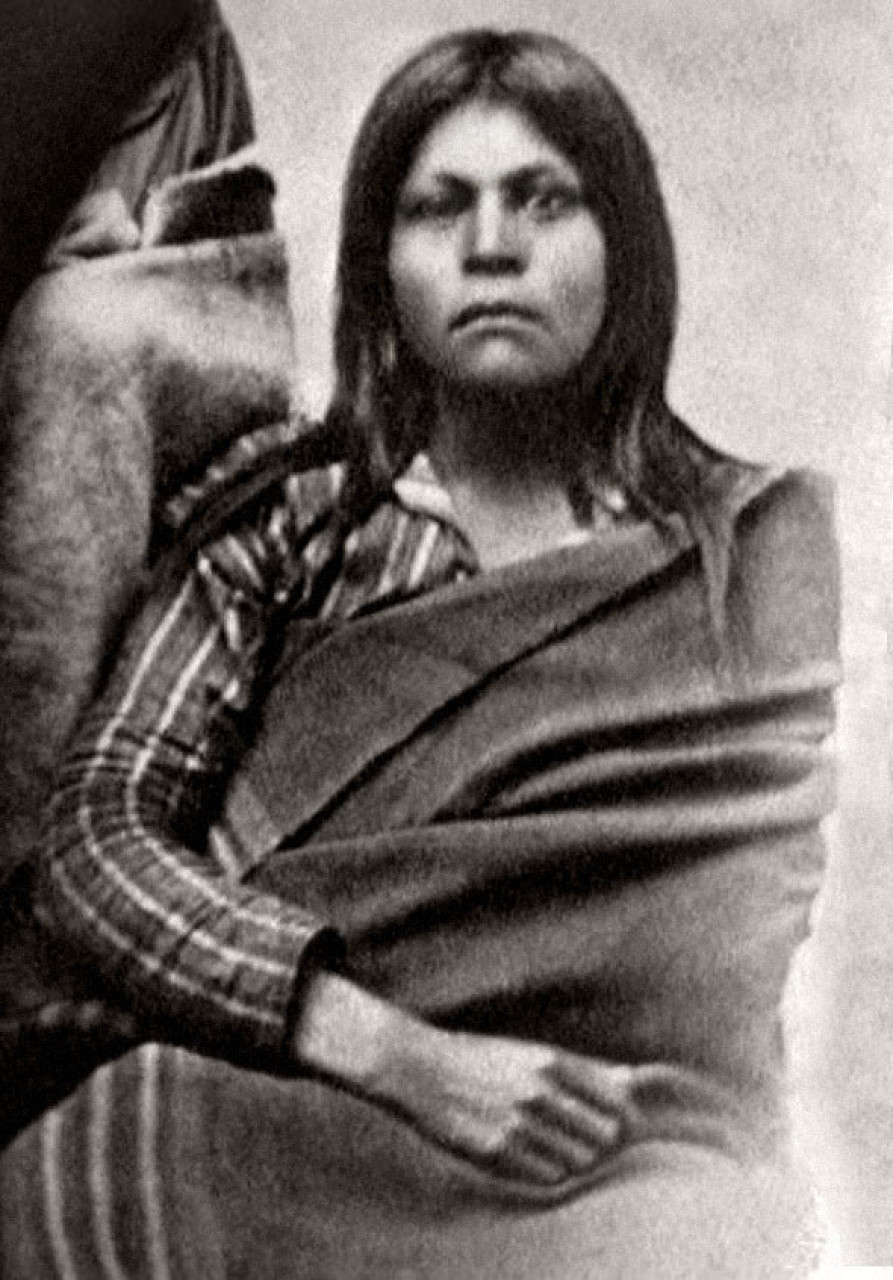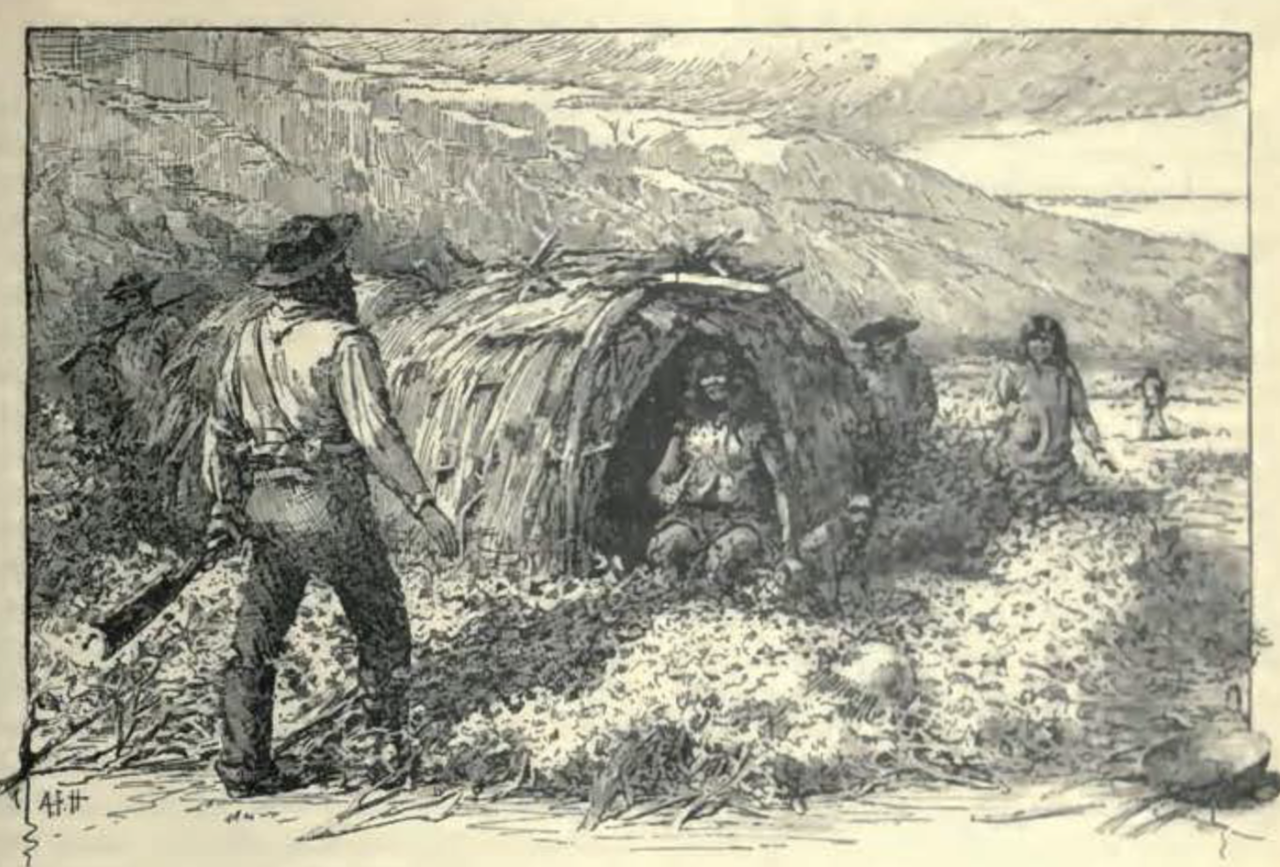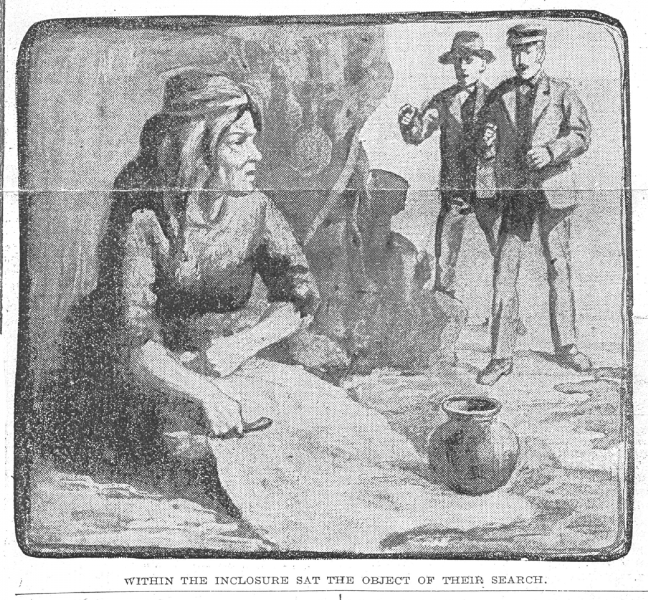Juana Maria, also known as the Lone Woman of San Nicolas Island, was a Native American woman who lived alone on San Nicolas Island, off the coast of California, during the 19th century. Her story is a tragic and isolated one, as she was reportedly the last surviving member of her tribe, the Nicoleño, after they were decimated by disease, violence, and displacement.
The true story of Juana Maria, the Lone Woman of San Nicolas Island, is one of tragedy, survival, and isolation. Here’s what is known based on historical accounts and research:

In the early 1800s, the Nicoleño people, a Native American tribe, inhabited San Nicolas Island off the coast of California. In 1814, the Spanish Mission system began to have an impact on the tribe, introducing diseases and disrupting their way of life. In 1835, a party of Native Americans, including Juana Maria, was left stranded on the island when Russian otter hunters who had established a settlement there abandoned them. This was part of the larger historical context of Native American displacement and mistreatment during the colonization of California.
Over the years, the Nicoleño population on the island dwindled due to disease, violence, and the difficulties of surviving in isolation. By the time of Juana Maria’s discovery, it is believed that her tribe had been virtually wiped out.
In 1853, a group of sea otter hunters, including George Nidever, visited the island. During their visit, they encountered a woman who seemed to be the last survivor of the Nicoleño tribe. The woman was Juana Maria. The hunters brought her back to the mainland to Santa Barbara, California.

Juana Maria’s arrival in Santa Barbara was met with great curiosity, and she became a local sensation. However, her transition to mainland life was not easy. She struggled to communicate, as her language was likely very different from those spoken on the mainland. Despite the efforts of those who cared for her, she fell ill with dysentery and died only a few weeks after her arrival on the mainland.
Juana Maria’s tragic story highlights the devastating impact that colonization, disease, and displacement had on Native American communities during this period. Her life and experiences have been memorialized in various ways, including through literature like Scott O’Dell’s novel “Island of the Blue Dolphins.” This novel, while fictionalized, has helped raise awareness about the history of the Nicoleño people and the challenges they faced during a tumultuous time in California’s history.
Was she really alone?
It’s not entirely clear whether Juana Maria was truly the last remaining member of her tribe on San Nicolas Island. When she was discovered in 1853, she was indeed alone on the island, but it’s uncertain if there were any other survivors who might have been living elsewhere or had escaped the island before her discovery.
Historical records and accounts from the time are limited, and much of what we know comes from the observations of the sea otter hunters who encountered her. These hunters noted that Juana Maria seemed to be the only person on the island when they arrived. However, the accuracy of their observations is difficult to confirm, and it’s possible that there were other members of her tribe who had managed to leave the island or were living in hiding.

According to the archaeologist Steve Schwartz after his unexpected discovery digging through volumes of notes from the early 1900s the woman was left alone when others on San Nicolas were brought to the mainland in 1835.
She stayed on the island alone until she was taken to Santa Barbara in 1853. Back on the mainland, she lived for just seven weeks before dying of dysentery.
Schwartz found a new version of the her story in the notes from J.B. Harrington, a linguist who came through the area a century ago.
“It appears that she stayed behind to be with her son,” Schwartz said.
Maybe he wasn’t on the boat when it was leaving, and she went back to find him. In the meantime, the boat left. She and her son then lived on the island for a period of time before he was killed in an apparent shark attack, Schwartz said.
It’s important to remember that historical accounts from this period, especially those involving marginalized and indigenous communities, can be incomplete, biased, or inaccurate due to the limited perspectives of the observers and the passage of time. While Juana Maria’s story is widely known, there might be aspects of her life and the circumstances of her tribe that remain unrecorded or misunderstood.
